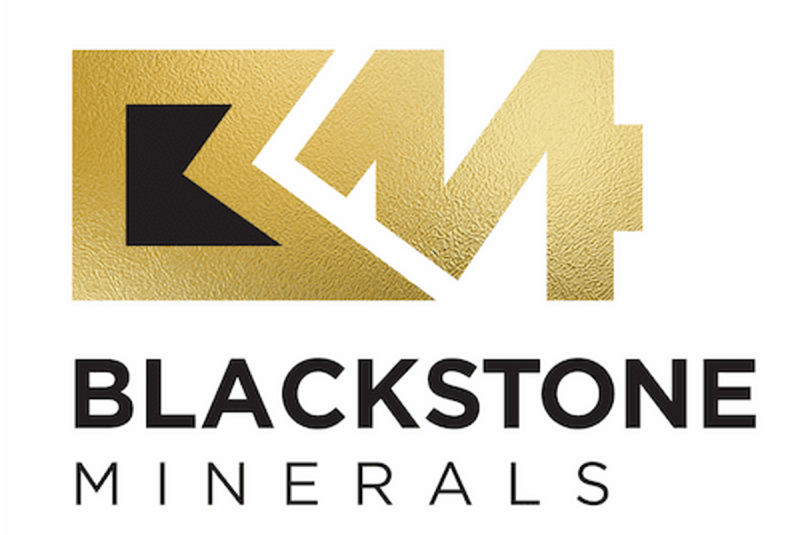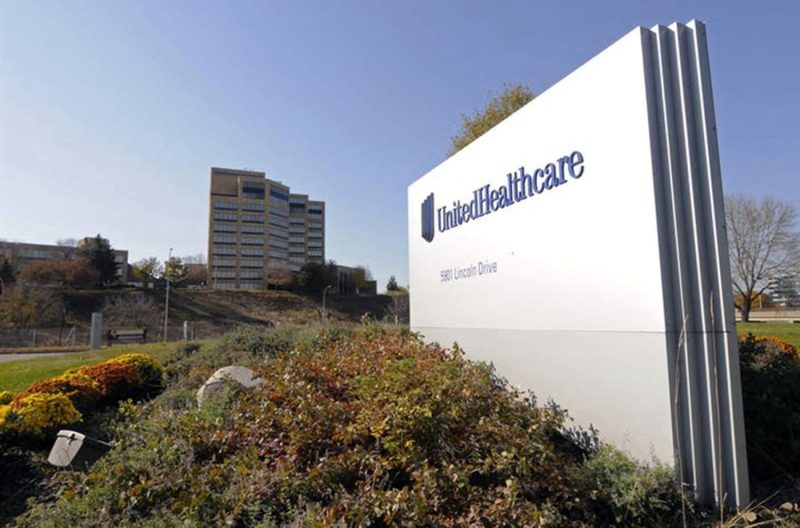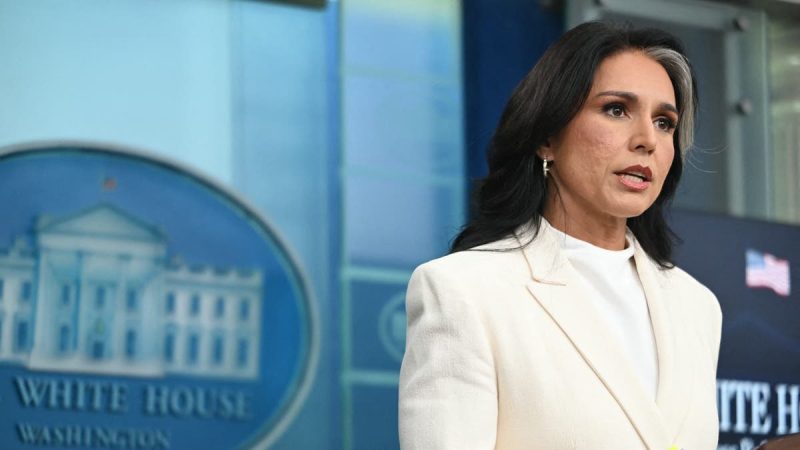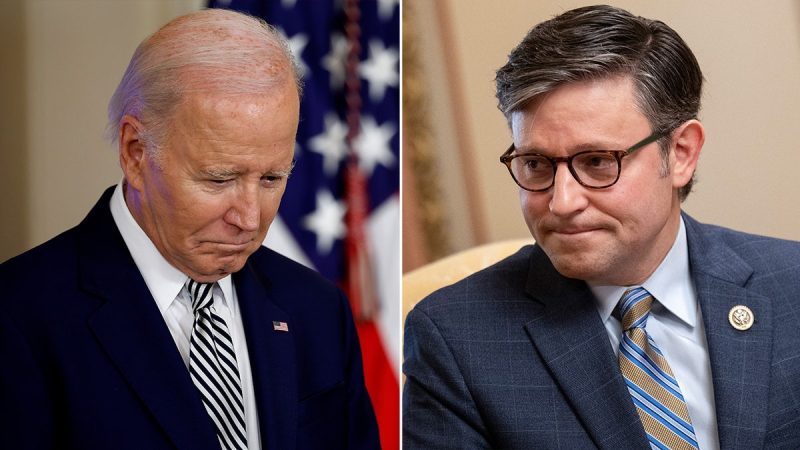Investor Insights
Rapidly emerging as Southeast Asia’s premier base and battery metals developer, Blackstone Minerals now holds two globally significant projects: the Ta Khoa nickel-cobalt project in Vietnam and the Mankayan copper-gold porphyry project in the Philippines. Both projects are critical to the company’s strategy to become a vertically integrated, low-cost, low-carbon producer of critical battery and base metals.
Overview
As the global economy accelerates toward net-zero emissions, the demand for critical minerals continues to rise, with nickel and copper positioned at the forefront of the energy transition. Historically used in stainless steel, nickel is now a core component in lithium-ion batteries; while copper, vital for electrification infrastructure, is similarly facing a looming supply crunch.
Blackstone Minerals (ASX:BSX,OTC:BLSTF,FRA:B9S) recognizes this strategic imperative and has positioned itself as a diversified, vertically integrated producer of low-cost, low-carbon battery and base metals.
Following its transformational merger with IDM International, Blackstone now controls two globally significant assets: the Ta Khoa nickel project in Vietnam and the Mankayan copper-gold project in the Philippines. Together, they represent a rare combination of scale, grade and strategic location in Southeast Asia, an increasingly vital region in the global clean energy supply chain.
The Mankayan copper-gold project is located in Northern Luzon, Philippines
The recently acquired Mankayan project adds substantial scale and diversification to Blackstone’s portfolio. One of the largest undeveloped copper-gold porphyry systems in Asia, Mankayan features over 56,000 meters of historical drilling and a resource of 793 million tonnes (Mt) at 0.756 percent copper equivalent (CuEq), including a high-grade core of 170 Mt at 1.049 percent CuEq. The project benefits from proximity to existing infrastructure and its location just 2.5 km from the operating Lepanto gold mine, owned and operated by Lepanto Consolidated Mining Company, and Far Southeast Gold Resources’ Far Southeast project.
The Ta Khoa project, meanwhile, includes both a past-producing underground nickel sulphide mine (Ban Phuc) and an advanced-stage refinery designed to produce battery-grade precursor cathode active material (pCAM). Vietnam’s low labor and energy costs, coupled with regulated power pricing and surging foreign direct investment, make it an ideal base for Blackstone’s vertically integrated strategy.
Blackstone is uniquely positioned to benefit from geopolitical tailwinds. Vietnam’s Free Trade Agreement with the European Union and the US Inflation Reduction Act are drawing significant interest from global partners and battery manufacturers. Meanwhile, the Philippines is undergoing a mining renaissance, with the government promoting foreign investment in responsible resource development. Mankayan has already been identified as a priority project by the Philippines’ Mines and Geosciences Bureau.
The company’s development strategy is underpinned by a commitment to ESG leadership. Blackstone is advancing renewable energy solutions for Ta Khoa via a direct power purchase agreement with Limes Renewables and is collaborating with Arca Climate Technologies to explore carbon capture through mineralization. At Mankayan, the company is focused on sustainable development in partnership with local communities.
Financially, Blackstone is well-capitalized to deliver on its dual-track growth plan. Following the merger with IDM, the company raised AU$22.6 million and holds AU$24.36 million in cash as of June 2025. The company’s experienced leadership team and strong partnerships provide a clear path to near-term value creation, as both projects progress toward definitive feasibility studies and long-term production.
Blackstone Minerals is now one of Southeast Asia’s leading battery and base metals developers, with a clear vision to supply responsibly sourced nickel and copper for the global energy transition.
Company Highlights
- Diversified Portfolio: With Ta Khoa in Vietnam and Mankayan in the Philippines, Blackstone offers exposure to two critical and high-demand metal classes: nickel and copper-gold.
- Strategic Southeast Asia Presence: Vietnam and the Philippines are emerging hubs for EV and mineral resource development, with robust government support and increasing foreign direct investment.
- Infrastructure Advantage: Both projects benefit from existing infrastructure, including hydroelectric power, trained workforces, and government collaboration.
- Sustainability Leadership: Blackstone is pursuing low-emission mining solutions through partnerships in renewable energy and carbon capture technologies.
- Financially Strong: Blackstone raised AU$22.6 million post-merger, supporting an aggressive exploration and development strategy across both assets.
Key Project
Mankayan Copper-Gold Project – Philippines
Following its merger with IDM International, Blackstone now owns a 64 percent effective interest in the world-class Mankayan copper-gold project through Crescent Mining Development. Located in the prolific mineral belt of Northern Luzon, Philippines, Mankayan is one of Asia’s largest undeveloped copper-gold porphyry systems. It lies approximately 340 km from Manila by road, and just 2.5 kilometers from the operating Lepanto gold mine, which includes a 900 ktpa underutilized milling facility.
The Mankayan deposit spans roughly 1,100 meters of strike and 600 meters in width, with mineralization open to the north, south and at depth. Over 56,000 meters of diamond drilling has been completed to date, and the deposit hosts a JORC 2012-compliant mineral resource estimate of 793 Mt at 0.37 percent copper and 0.40 grams per ton (g/t) gold, equating to 0.756 percent CuEq. This includes a high-grade core of 170 Mt at 0.48 percent copper and 0.59 g/t gold (1.049 percent CuEq), offering valuable optionality.
Drilling results support Mankayan’s classification as a globally significant resource. Notable historic intercepts include:
- 911 meters at 1 percent CuEq, including 253 meters at 1.43 percent CuEq
- 543 meters at 1.08 percent CuEq, including 277 meters at 1.43 percent CuEq
- 1,119 meters at 0.86 percent CuEq, including 352 meters at 1.15 percent CuEq
- 754 meters at 1.03 percent CuEq, including 430 meters at 1.21 percent CuEq
In July 2025, Blackstone confirmed significant new surface mineralization through historical rock chip samples returning grades up to 6 g/t gold and 1.9 percent copper, and a standout recent drill hole – 432 meters at 1.25 percent CuEq (including 210 meters at 1.60 percent) – further underscoring the project’s scale and growth potential.
A key strategic advantage of Mankayan is its dual development pathway. The high-grade core supports a low-capex startup via selective mining methods, while the bulk of the deposit can be exploited through larger-scale mining scenarios that benefit from lower operating costs and economies of scale. This tiered approach allows Blackstone to balance capital efficiency with long-term growth.
Regulatory and community engagement milestones have also been achieved. The project’s 25-year mineral production sharing agreement was renewed in 2022, and a memorandum of agreement with local Indigenous Peoples was signed in 2024, making Blackstone the first mining company to obtain IP consent in the area. The Mines and Geosciences Bureau of the Philippines has since designated Mankayan as a priority development project.
Mankayan stands out globally when benchmarked against peer porphyry systems. A comparative analysis of undeveloped copper-gold projects ranks it near the top in terms of grade and copper equivalent tonnage, reaffirming its strategic and economic potential on the world stage.
In 2025 and beyond, Blackstone will continue metallurgical testwork, geophysics (including magnetics, IP and electromagnetics), environmental baseline studies, and further drilling to refine and expand the resource. These efforts will support upcoming mining studies and a targeted prefeasibility study.
Ta Khoa
Ta Khoa nickel project in Vietnam
Blackstone Minerals holds a 90 percent interest in the Ta Khoa nickel project, located in the Son La Province of northern Vietnam, about 160 km west of Hanoi. The project comprises the Ban Phuc underground nickel sulphide mine – a modern operation built to Australian standards that operated between 2013 and 2016 – and the adjacent Ta Khoa refinery, currently being developed to produce battery-grade precursor cathode active material (pCAM).
The Ban Phuc mine is currently under care and maintenance but is poised for recommissioning alongside the construction of a concentrator and refinery. The broader Ta Khoa asset base contains probable reserves of 48.7 million tonnes (Mt) at 0.43 percent nickel, equivalent to 210 kilotonnes (kt) of contained nickel. The mining inventory totals 64.5 Mt at 0.41 percent nickel, containing 265 kt of nickel. This figure excludes additional developing prospects such as Ban Khoa.
Over the planned 10-year mine life, Ta Khoa is expected to produce an average of 18 kt of nickel concentrate annually, with the potential to extend well beyond this horizon through integrated refining. The existing infrastructure onsite, including a 450 ktpa mill and a mining camp, provides significant capital efficiency and accelerates time to production.
A recent 12-month pilot program, conducted in partnership with ALS and Wood, successfully demonstrated that Ta Khoa’s hydrometallurgical flowsheet can convert concentrate into nickel sulphate at 99.95 percent purity and 97 percent recovery. This success positions the refinery as a credible supplier to the Asia-Pacific battery supply chain.
The project is further distinguished by its low emissions profile. Independent assessments by Digbee, Minviro, Circulor and an audit by the Nickel Institute have confirmed Ta Khoa as the lowest-emitting pCAM flowsheet in the industry, with carbon intensity of just 9.8 kg CO₂ per kg of pCAM, with opportunities for further reduction.
Blackstone’s development strategy includes flexible feedstock acceptance – from nickel concentrate to black mass – and is strengthened by partnerships with Cavico Laos for third-party supply, Arca Climate Technologies for carbon capture via mineralization, and Limes Renewables to supply clean wind energy. Additionally, the company has secured byproduct offtake arrangements for manganese sulphate and sodium sulphate with VinaChem, PVChem and Nam Phong Green, reinforcing its commitment to full-cycle resource utilization and ESG leadership.
Management Team
Hamish Halliday – Non-executive Chairman
Hamish Halliday is a geologist with over 20 years of corporate and technical experience. He is also the founder of Adamus Resources Limited, an AU$3 million float that became a multimillion-ounce emerging gold producer.
Scott Williamson – Managing Director
Scott Williamson is a mining engineer with a commerce degree from the West Australian School of Mines and Curtin University. He has over 10 years of experience in technical and corporate roles in the mining and finance sectors.
Geoff Gilmour – Non-executive Director
Appointed following Blackstone’s merger with IDM, Geoff Gilmour brings deep experience in Southeast Asian mining ventures. He has held senior roles in exploration and development across copper and gold projects in the Philippines and broader Asia-Pacific.
Tessa Kutscher – Executive
Tessa Kutscher is an executive with more than 20 years of experience in working with C-Level executive teams in the fields of business strategy, business planning/optimisation and change management. After starting her career in Germany, she has worked internationally across different industries, such as mining, finance, tourism and tertiary education.
Lon Taranaki – Executive
Lon Taranaki is an international mining professional with over 25 years of extensive experience in all aspects of resources and mining, feasibility, development and operations. Taranaki is a qualified process engineer from the University of Queensland Australia. He holds a Master of Business Administration, and is a fellow of the Australian Institute of Company Directors. Taranaki has established his career in Asia where he has successfully worked (and lived) across multiple jurisdictions and commodities ranging from technical, mine management and executive management roles.









